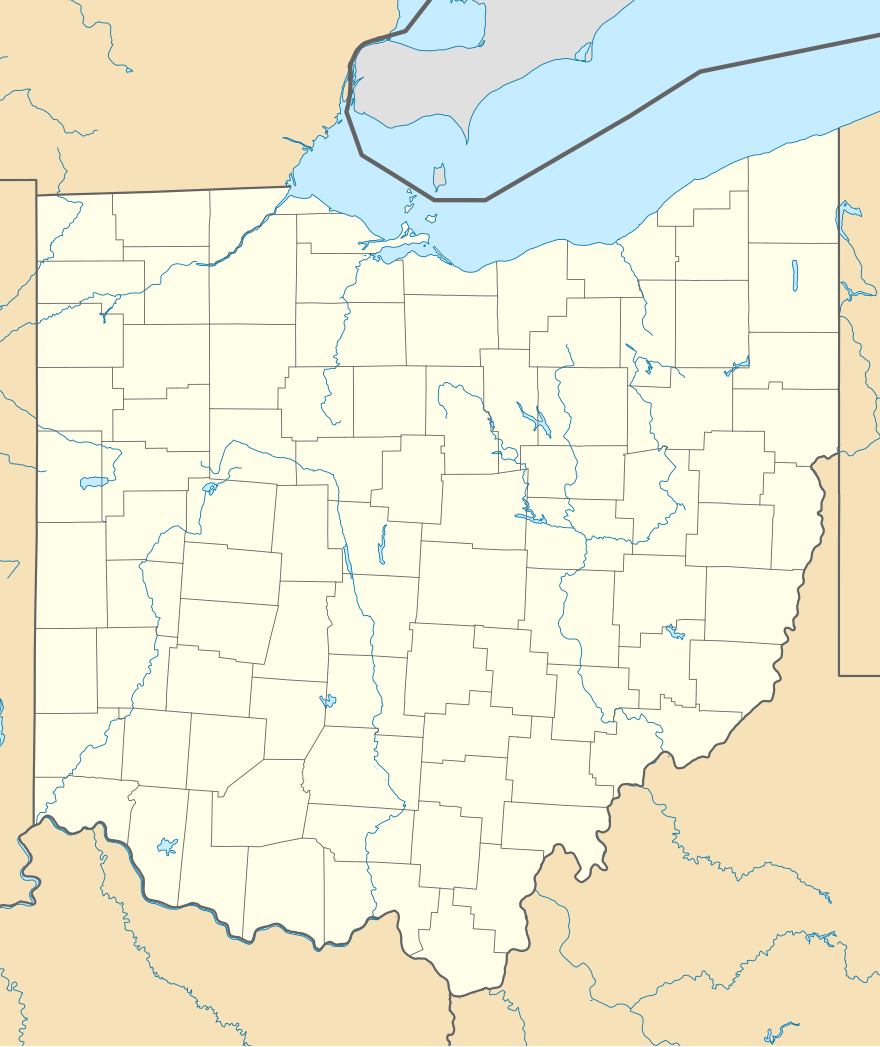The actual and intended drop sites | |
| Date | August 27, 1967 |
|---|---|
| Location | Lake Erie near Huron, Ohio, United States |
| Type | Aviation accident, skydiving accident |
| Cause | Air traffic control error and decision by pilot and divers[i] to jump through cloud cover in violation of regulations |
| Outcome | Congress considers greater regulation of skydiving |
| Casualties | |
| 16 deaths by drowning | |
| Inquiries | Fatal Parachuting Accident Near Huron, Ohio, August 27, 1967: Special Investigation Report[3] |
| Litigation | Dreyer v. United States (1972),[4] affirmed as Freeman v. United States (1975)[5] |
| |
On August 27, 1967, eighteen skydivers mistakenly parachuted into Lake Erie, four or five nautical miles (7.5–9.3 km) from Huron, Ohio, United States, after jumping from a civilian North American B-25 Mitchell. Sixteen drowned. The plane's pilot, unable to see the surface through heavy cloud cover, had relied on guidance from the Cleveland Air Route Traffic Control Center, which had incorrectly advised him that he was over Ortner Airport—actually twelve to thirteen miles (19–21 km) away. Jumping through cloud cover in violation of Federal Aviation Administration rules, the skydivers were unaware that they were over water until they punched through the clouds at 4,000 feet (1,200 m). Despite efforts by many to shed heavy gear, only two were able to stay above water for long enough to be rescued.
The disaster was at the time the deadliest in the history of recreational skydiving[a] and led to congressional scrutiny into regulation of skydiving. A report by the National Transportation Safety Board faulted the pilot, and to a lesser extent the parachutists, for executing a jump through clouds, and faulted the controller for misidentifying the plane's position after confusing it with a Cessna 180 Skywagon there to photograph the jump. The United States was subsequently held liable for the controller's error; the legal case, Freeman v. United States (1975), is notable for its holding that the skydivers did not have contributory negligence because the regulations they violated were not about their own safety.
- ^ NTSB 1967, p. 4.
- ^ ALI 2005.
- ^ NTSB 1967.
- ^ Dreyer 1972.
- ^ Freeman 1975.
- ^ NYT 1983.
- ^ Roberts 1992. Citing data compiled by the United States Parachute Association's Parachutist magazine.
Cite error: There are <ref group=lower-alpha> tags or {{efn}} templates on this page, but the references will not show without a {{reflist|group=lower-alpha}} template or {{notelist}} template (see the help page).
